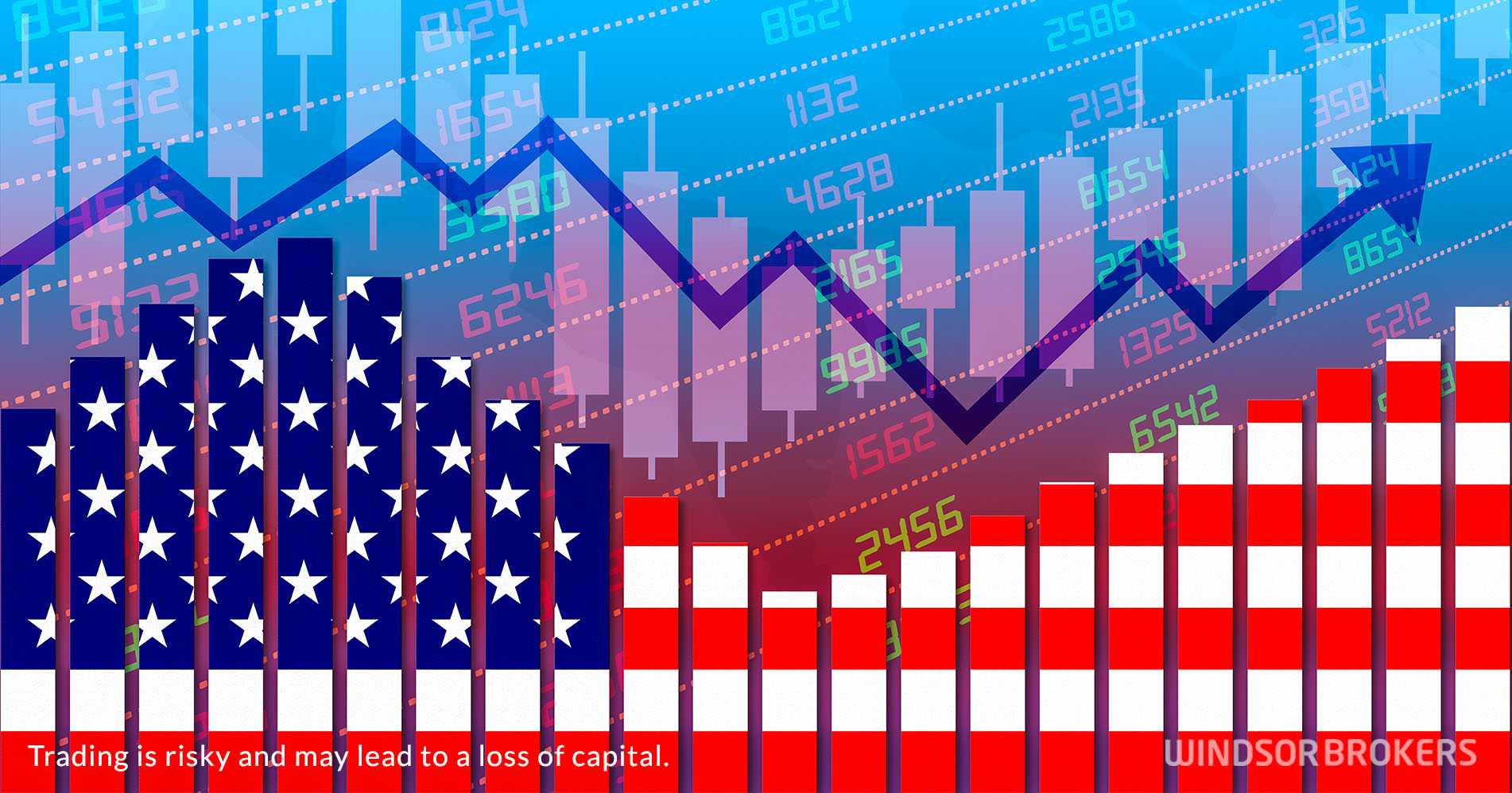US inflation rises the most in nearly four decades in December
The US inflation continued to rise in December, with monthly increase of 0.5%, compared to 0.8% in November, while annualized figure rose from 6.8% in November to 7.0% in December, in line with expectations, marking the biggest year-on-year increase in nearly forty years.
So called core CPI, which excludes volatile food and energy components, increased by 0.6% last month from 0.5% in November, while annualized core CPI registered the biggest year-on-year increase since February 1991, on 5.5% acceleration in December from 4.9% increase in November.
With consumer prices surging and holding well above the central bank’s 2% target, lifted by rising prices on supply chains issues, boosted by new wave of coronavirus infections and growing wage pressures, expectations that the US Federal Reserve will start tightening monetary policy and make the first rate hike as early as March, continue to rise.
The Fed Chair Jerome Powell said in its testimony on Tuesday that the central bank is ready to do what was necessary to keep high inflation from becoming entrenched, as high inflation grows the list of reasons for the Fed to begin removing accommodative policy-established during the crisis on Covid-19 pandemic- and to start tightening the monetary policy.
Economists and investors bet for the first rate hike in March and another two or three 0.25% hikes by the end of the year.
On the other side, analysts believe that inflation probably peaked in December, with the latest data showing improved supplier deliveries last month, signaling that supply bottlenecks are starting to ease, although soaring cases of the Omicron variant in the US could slow the progress towards normalization of supply chains.


